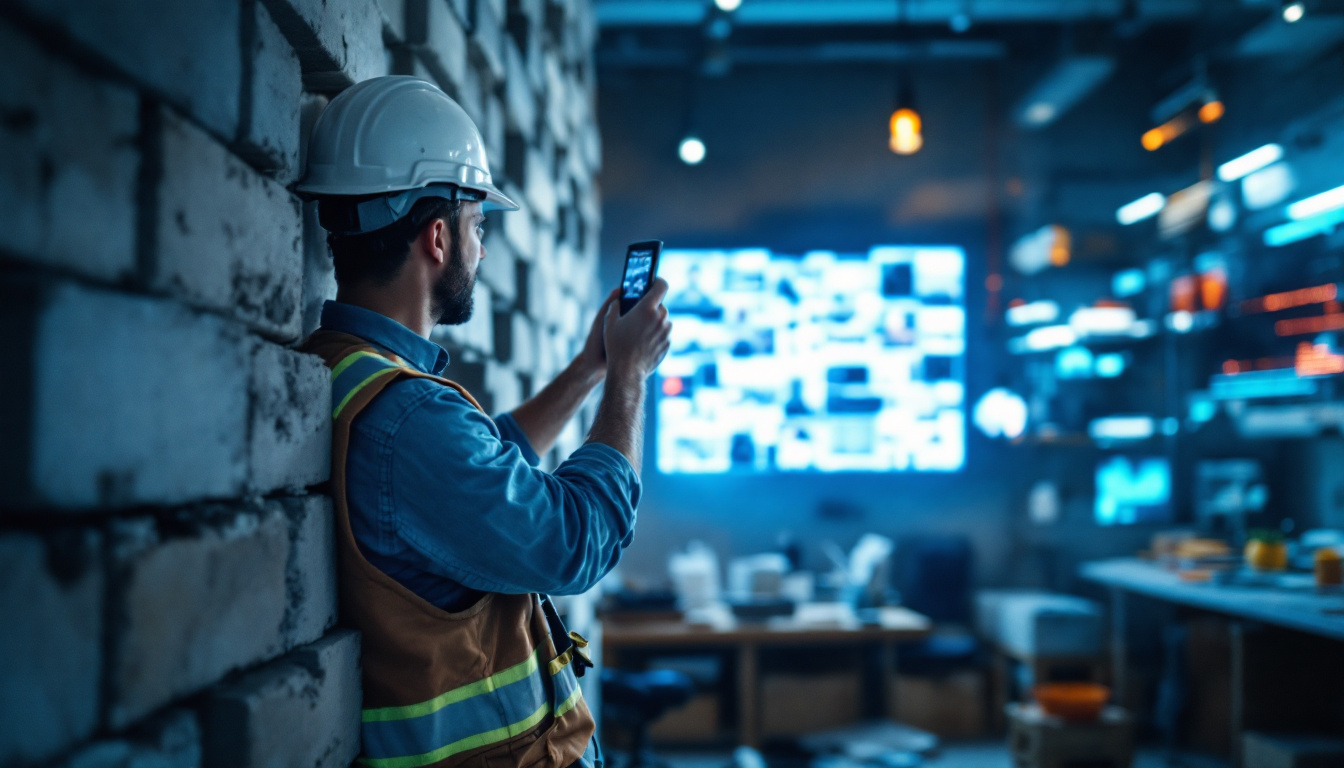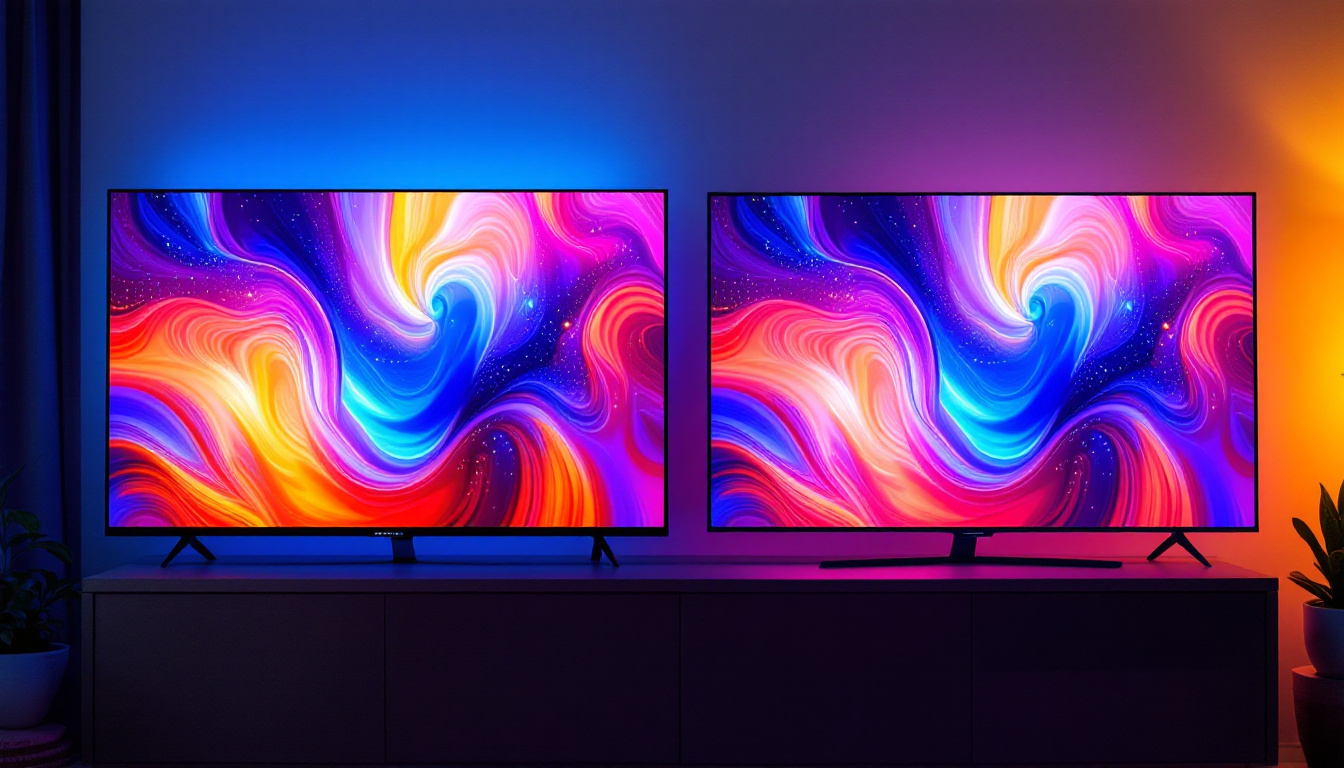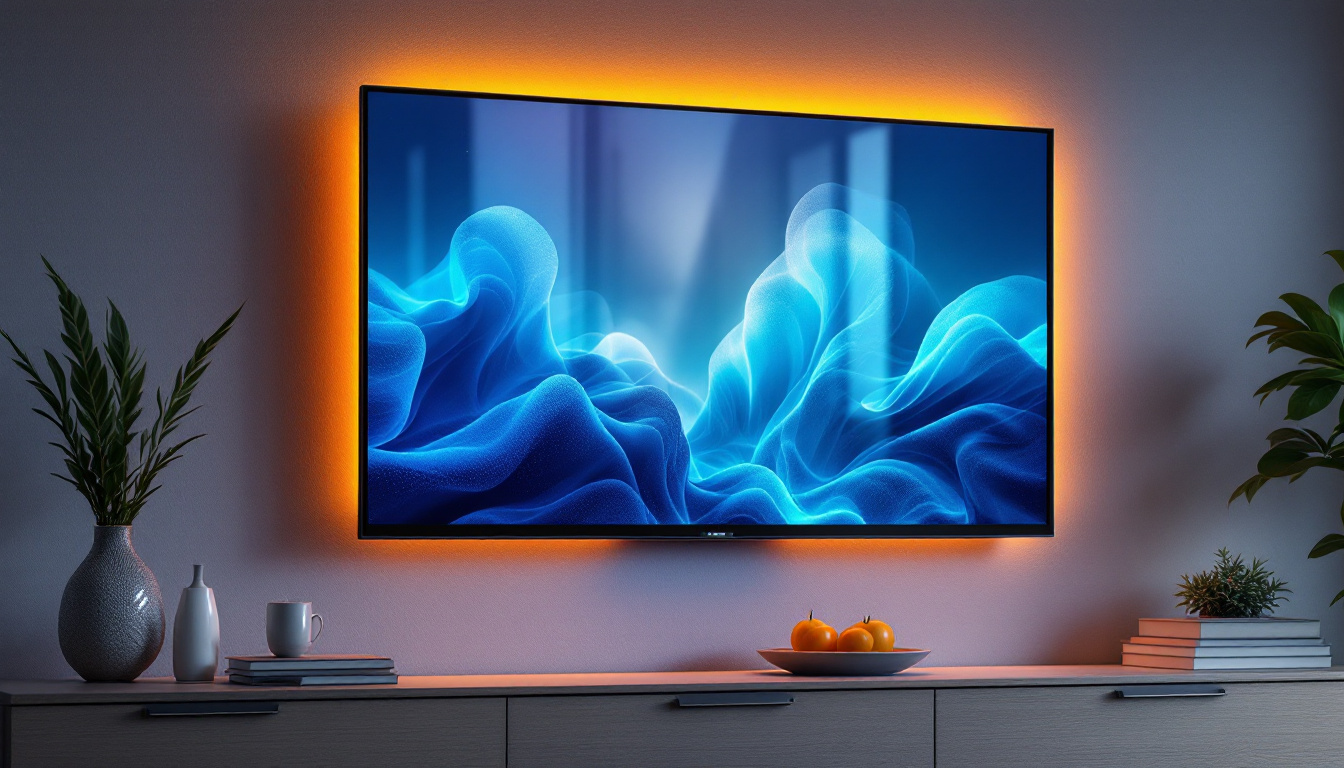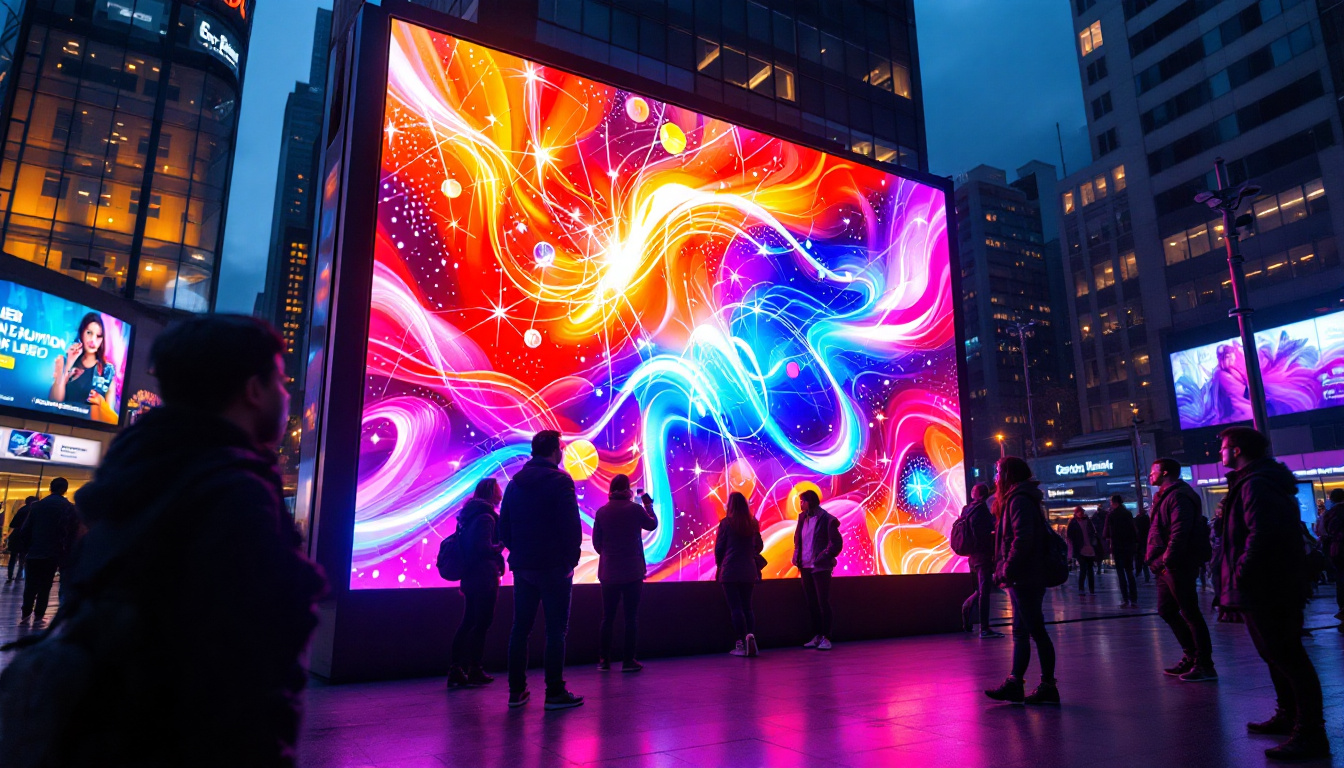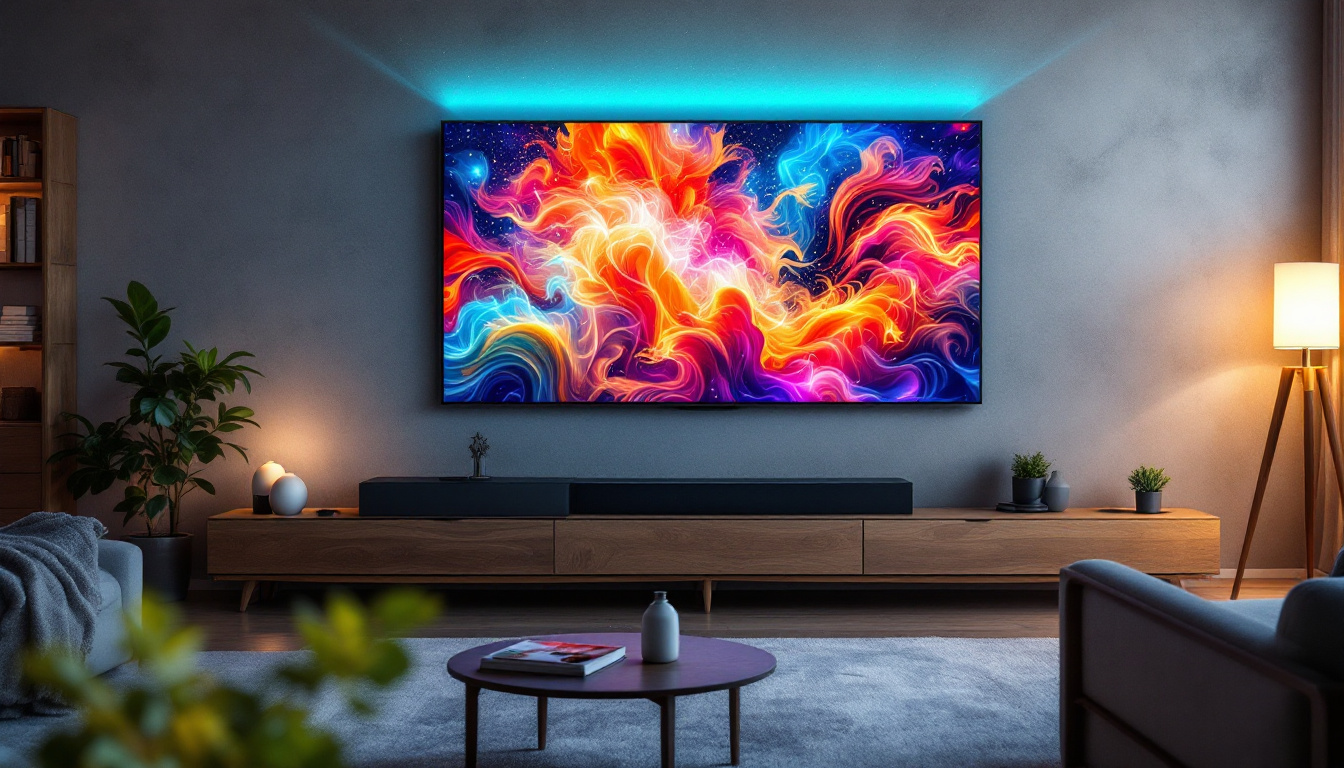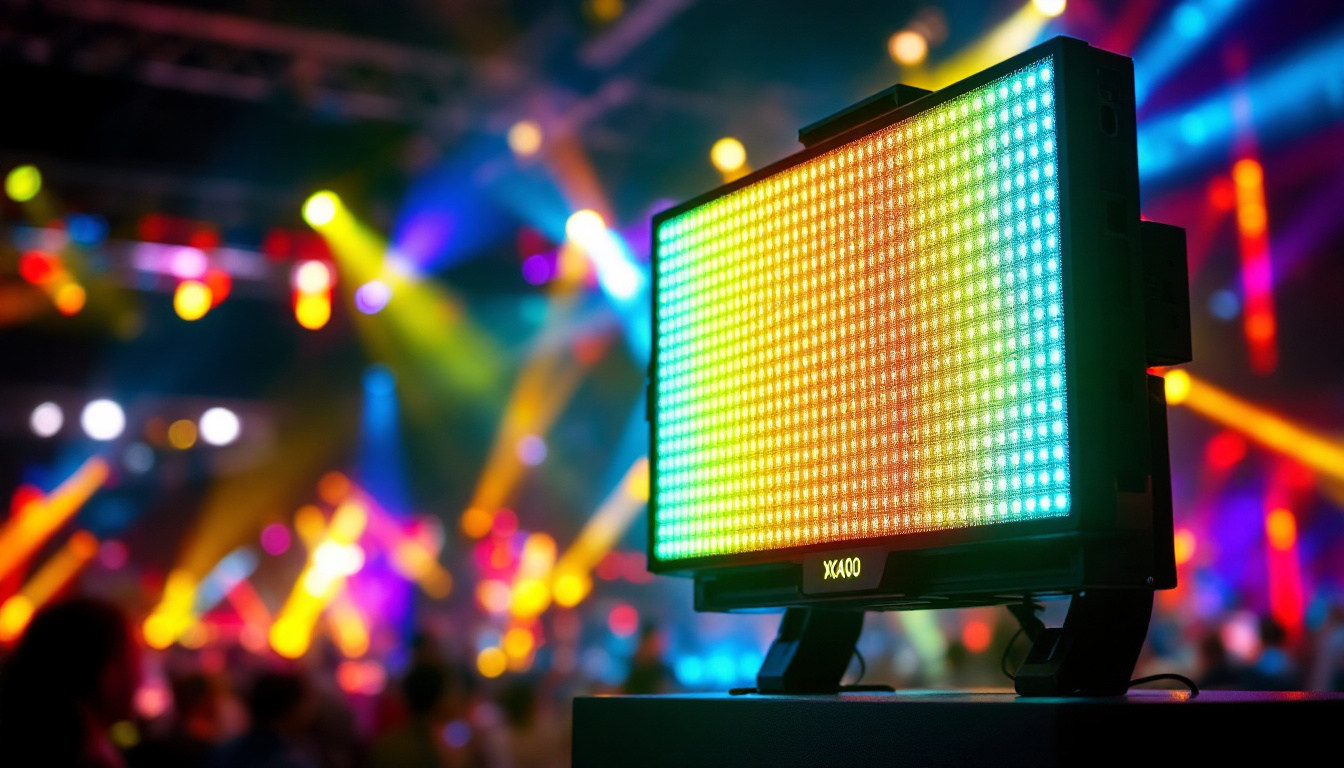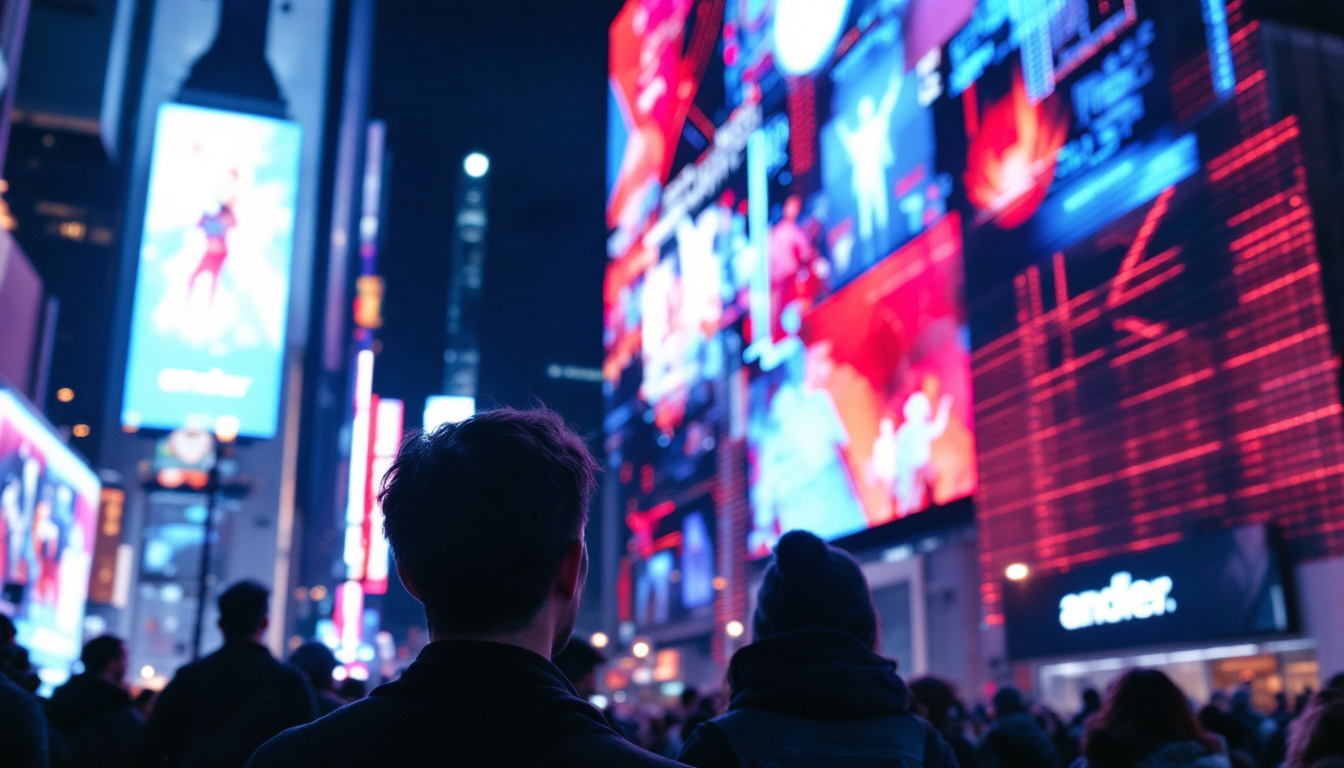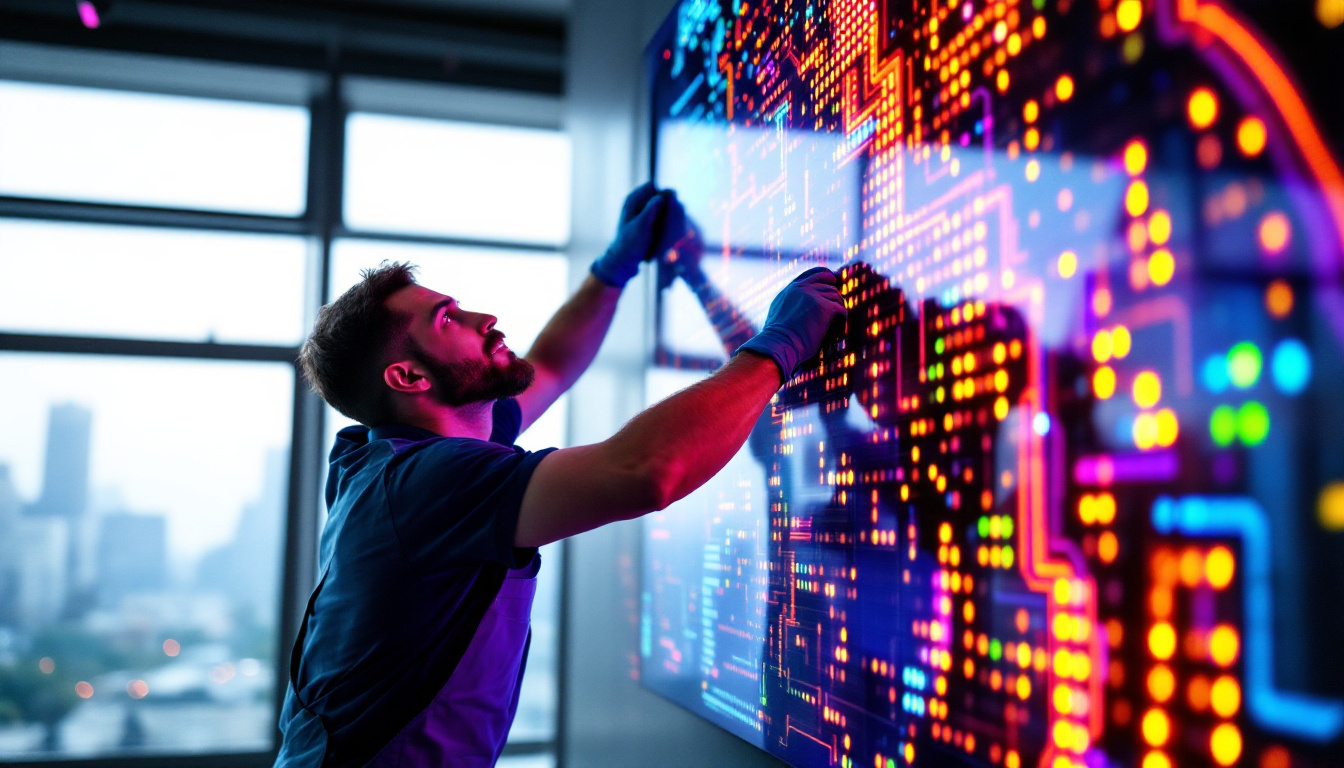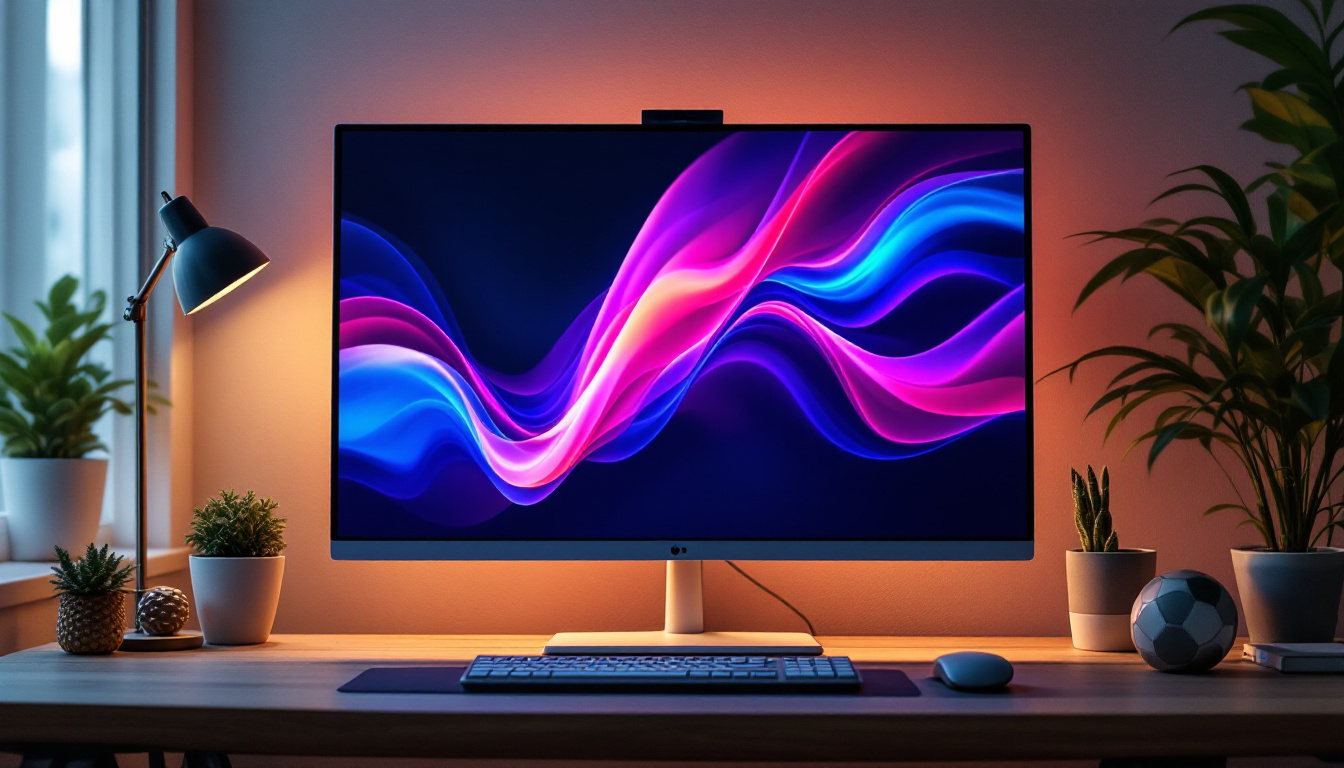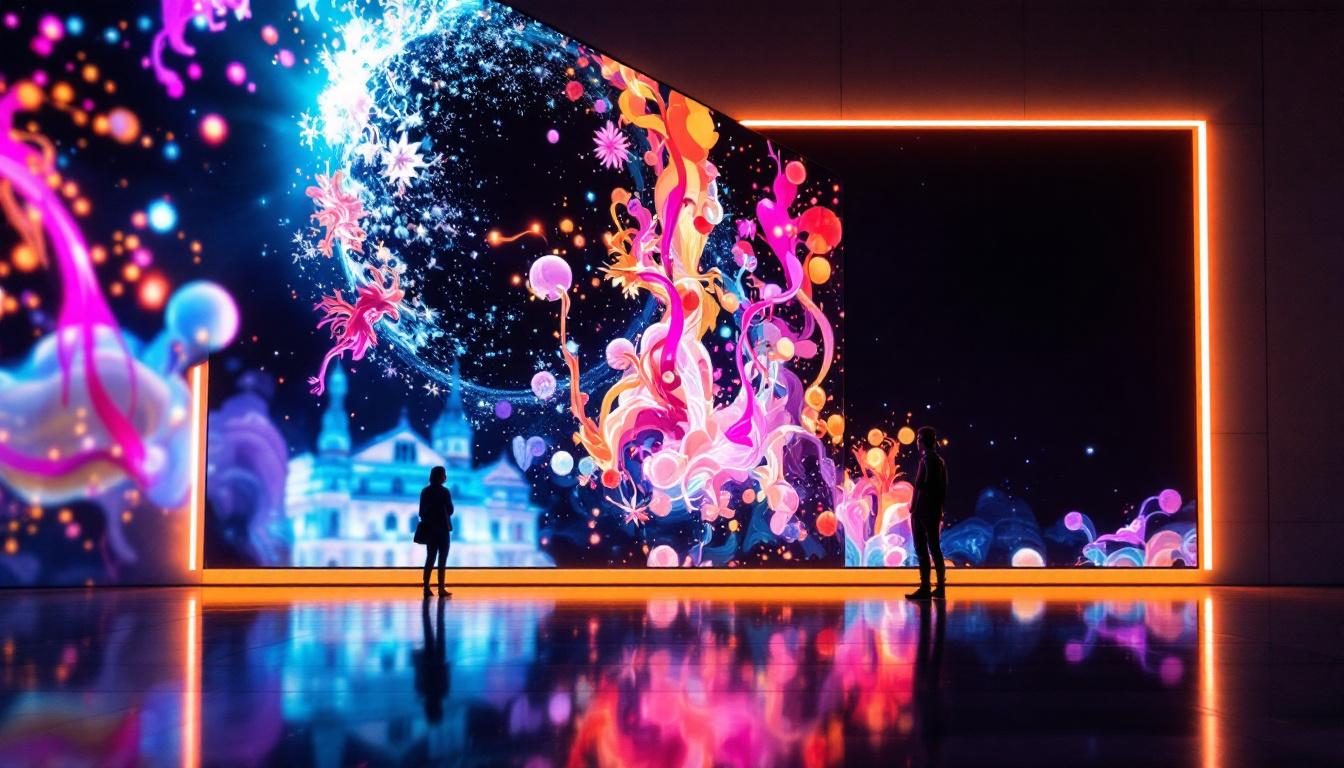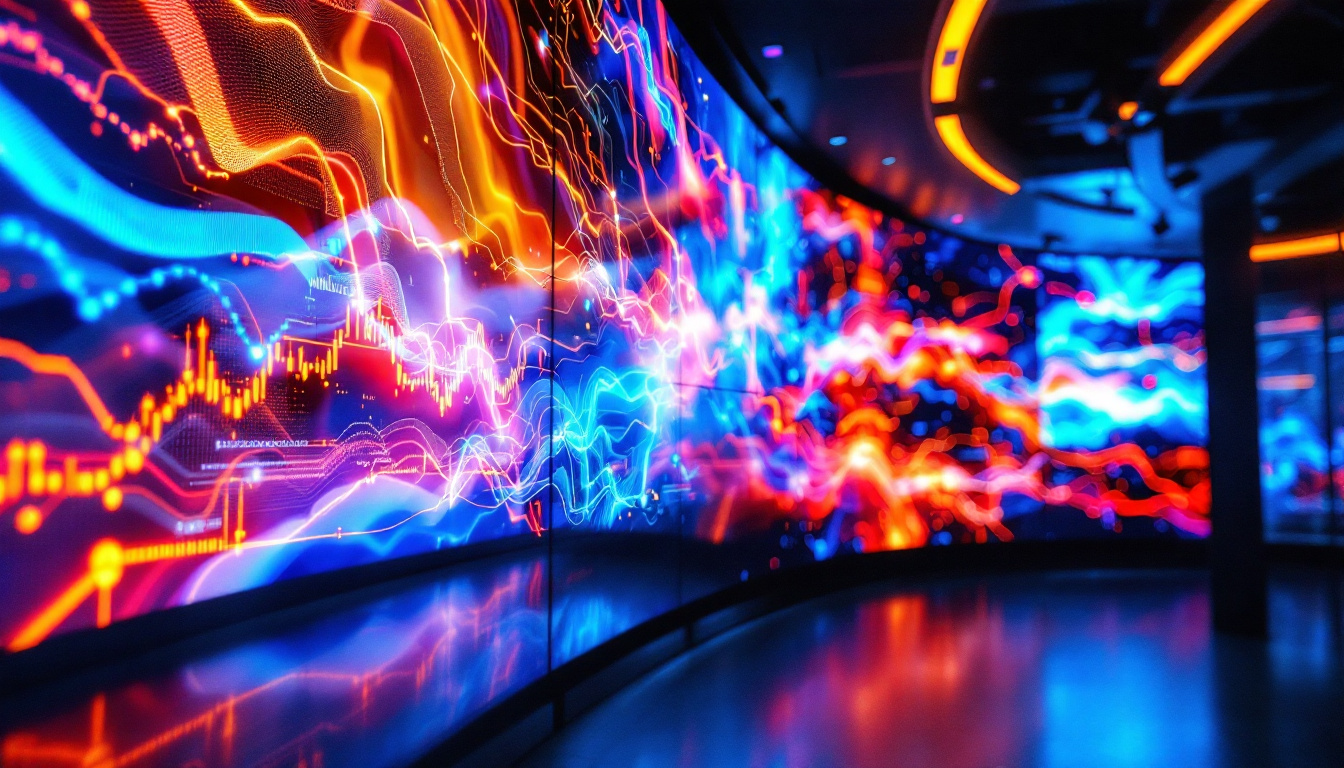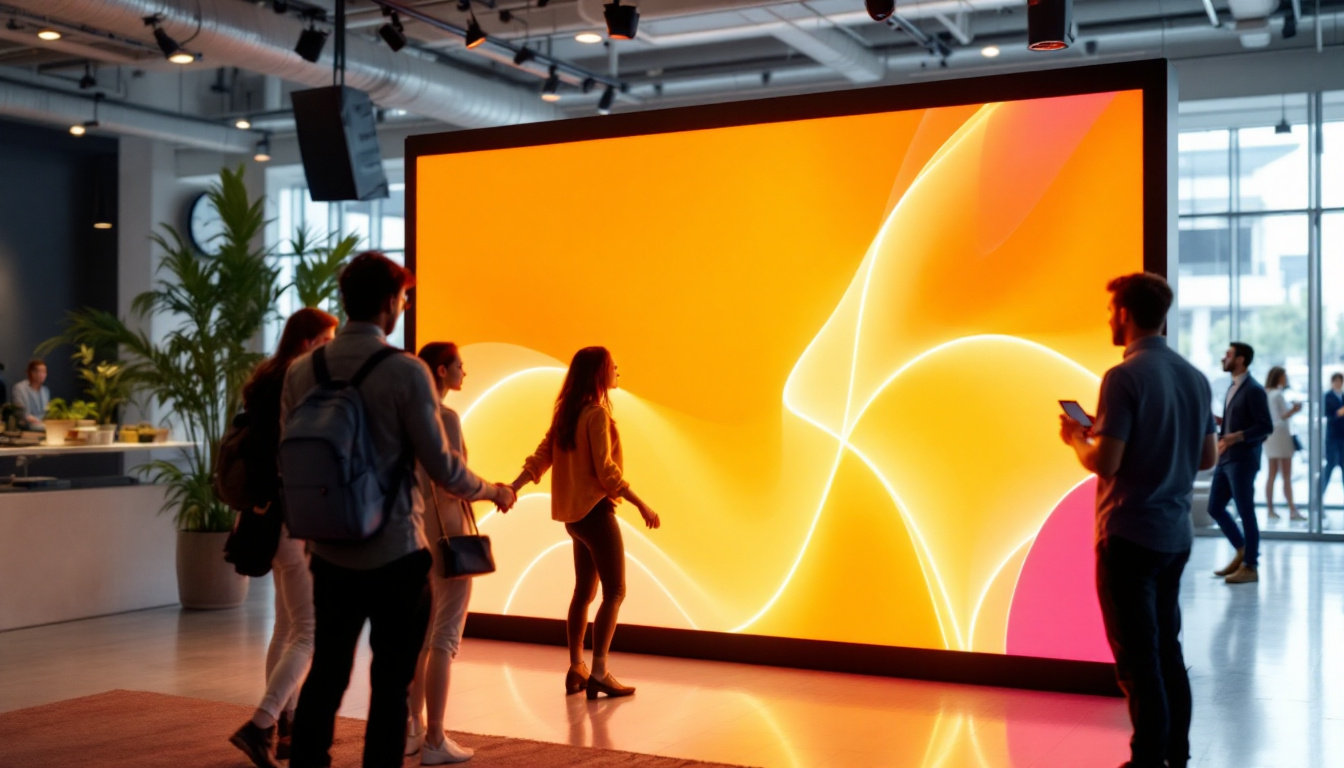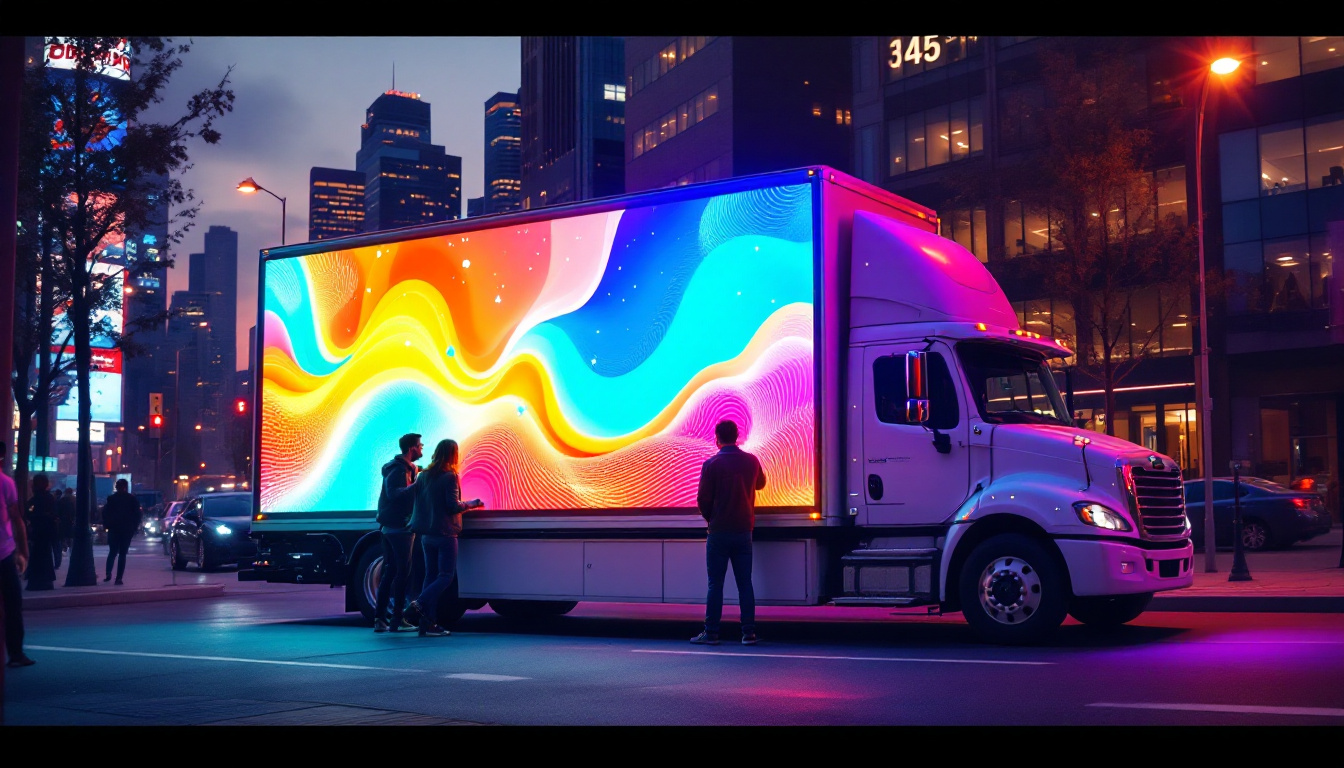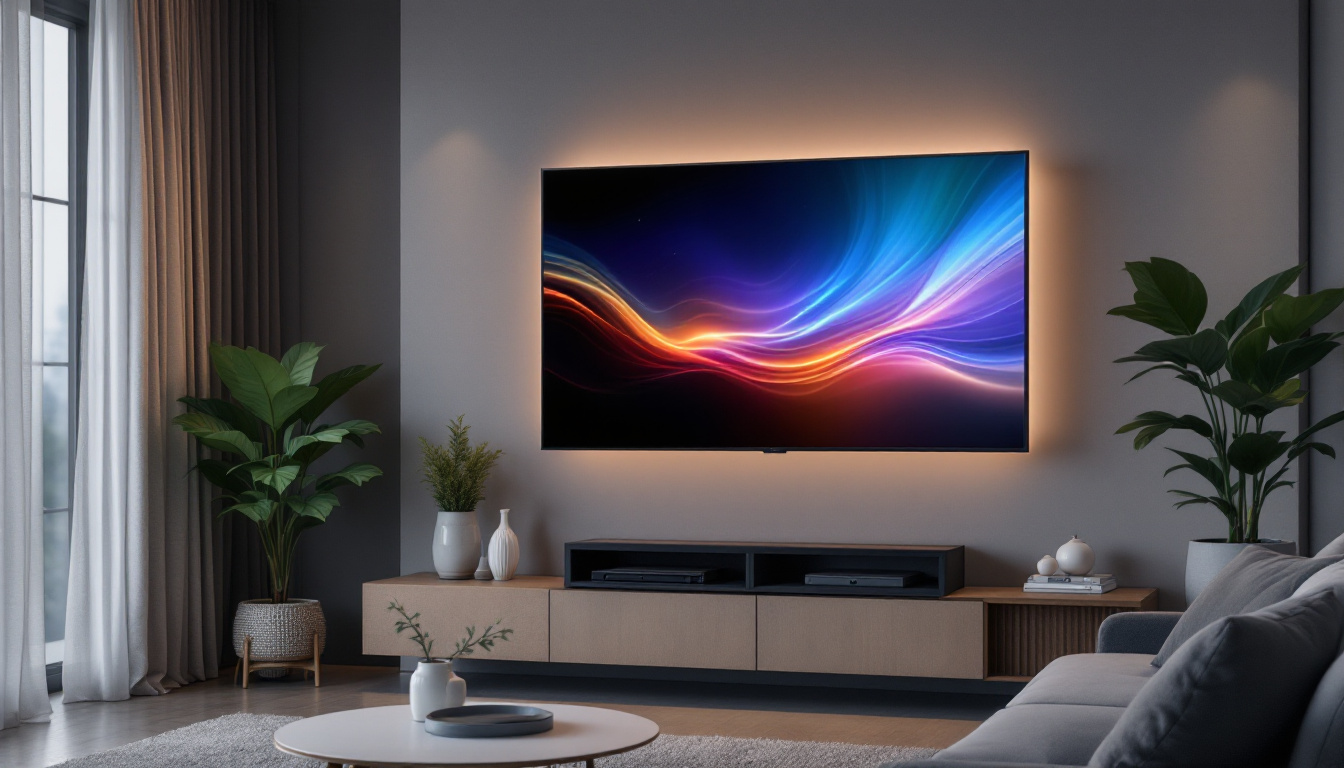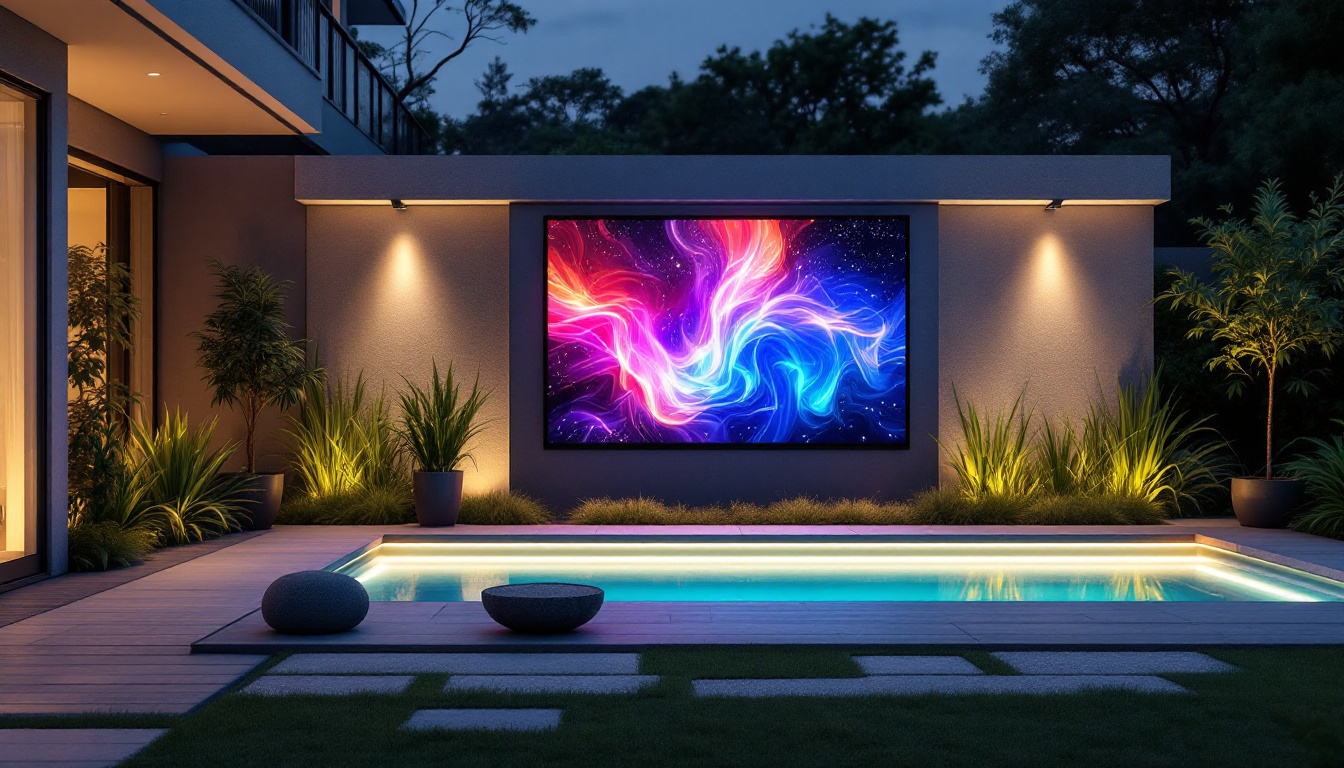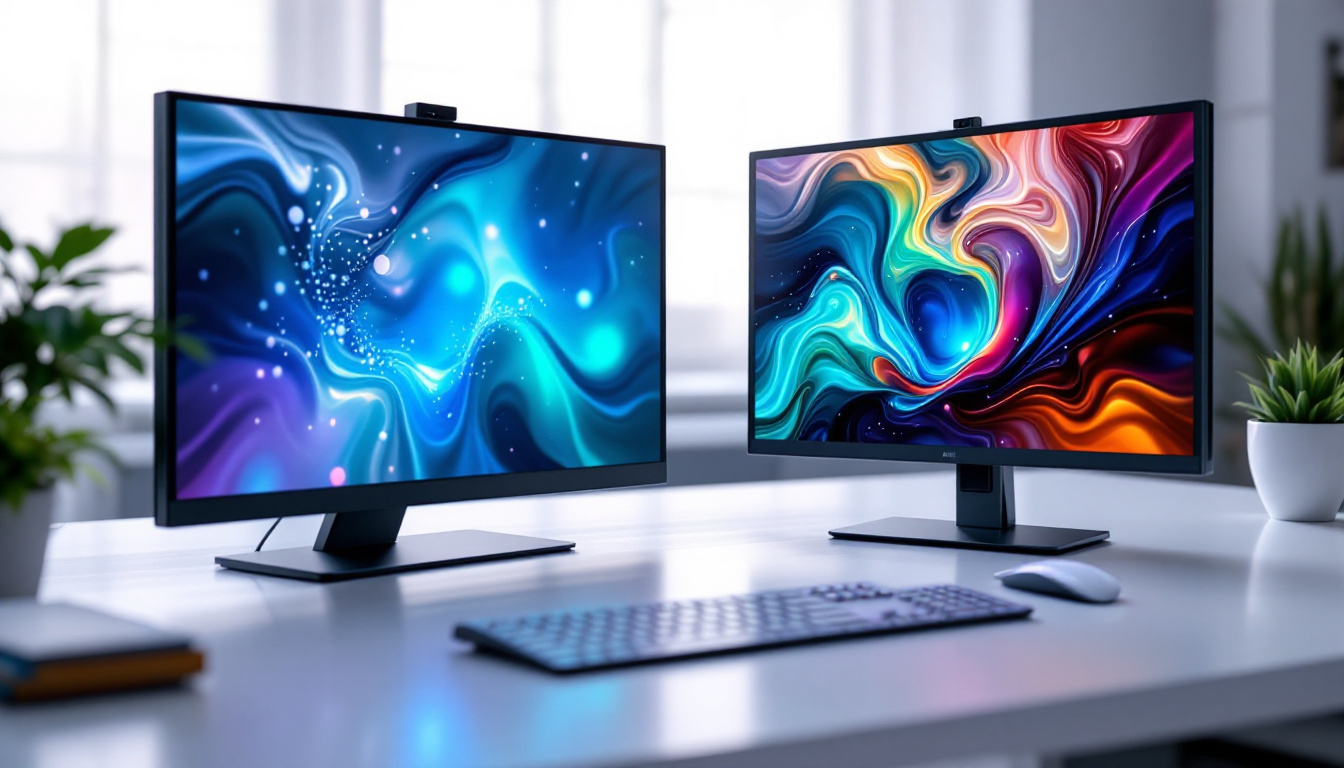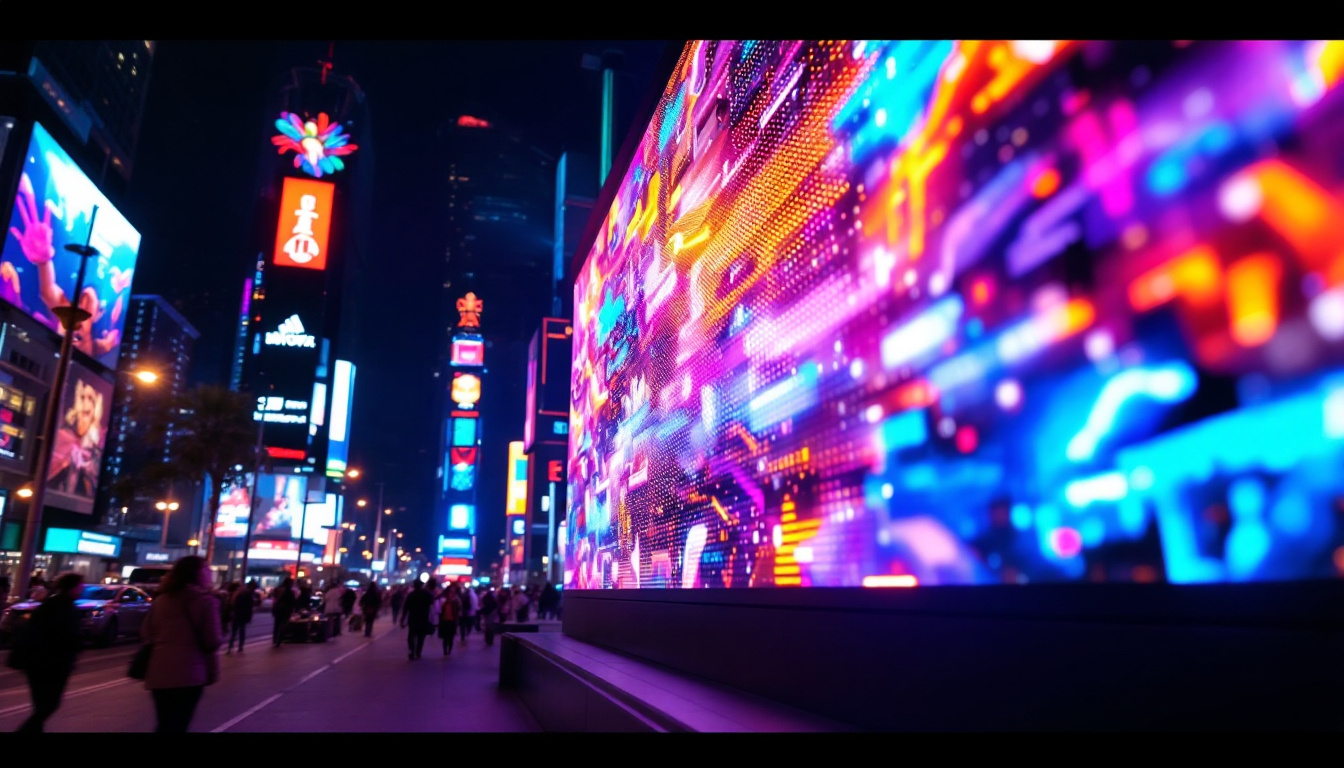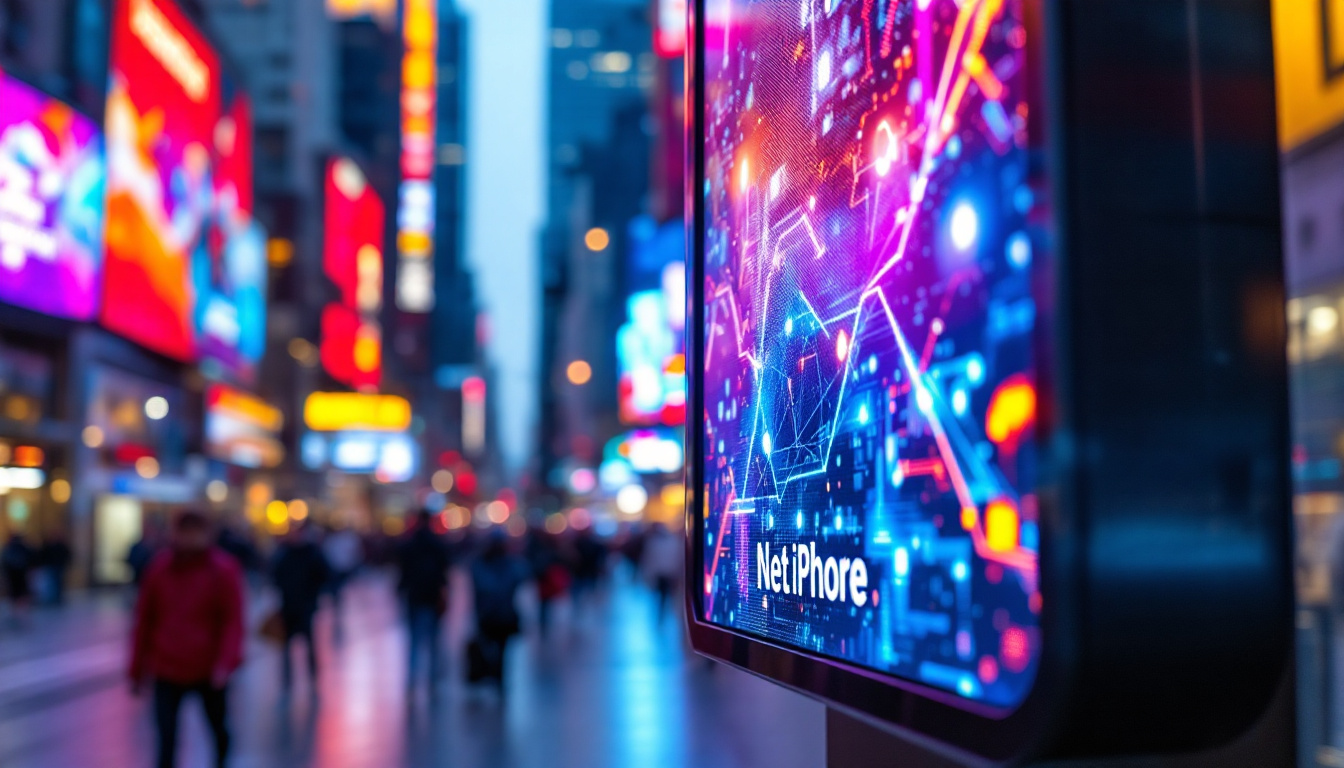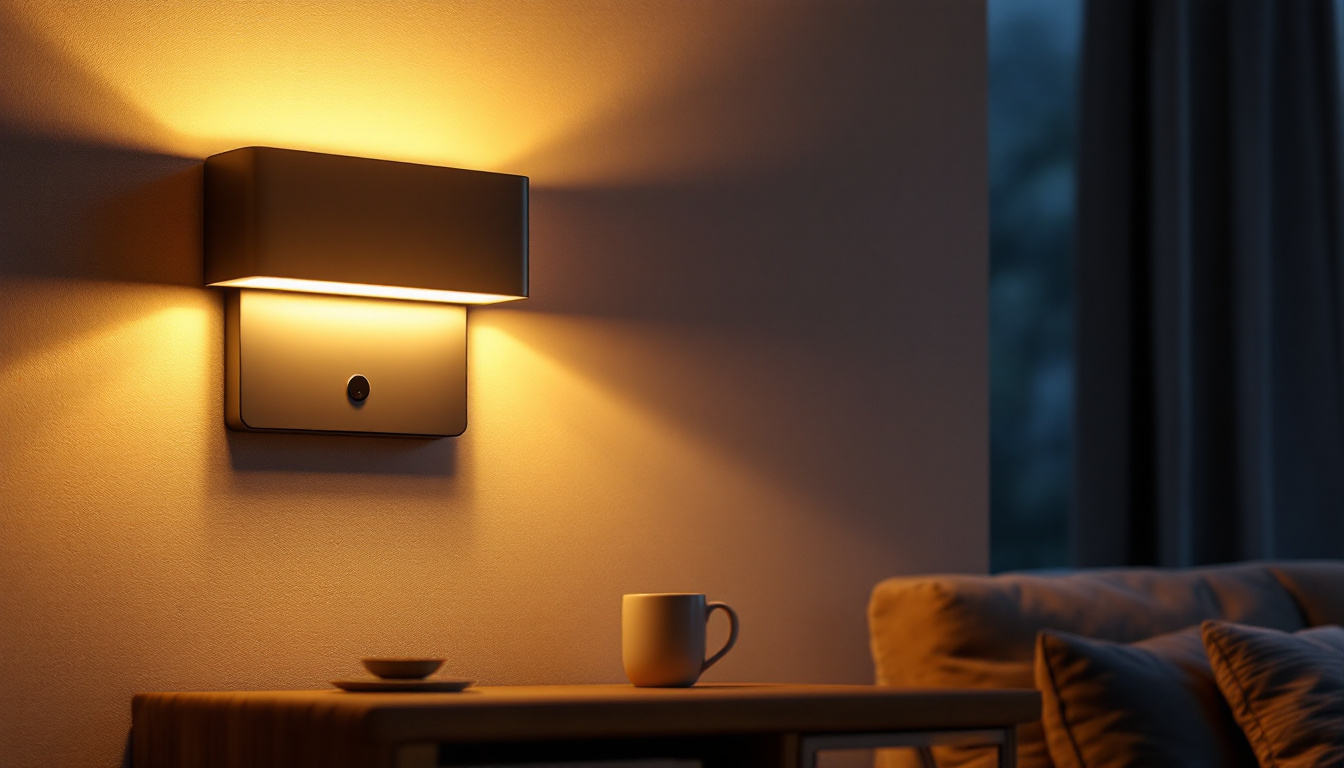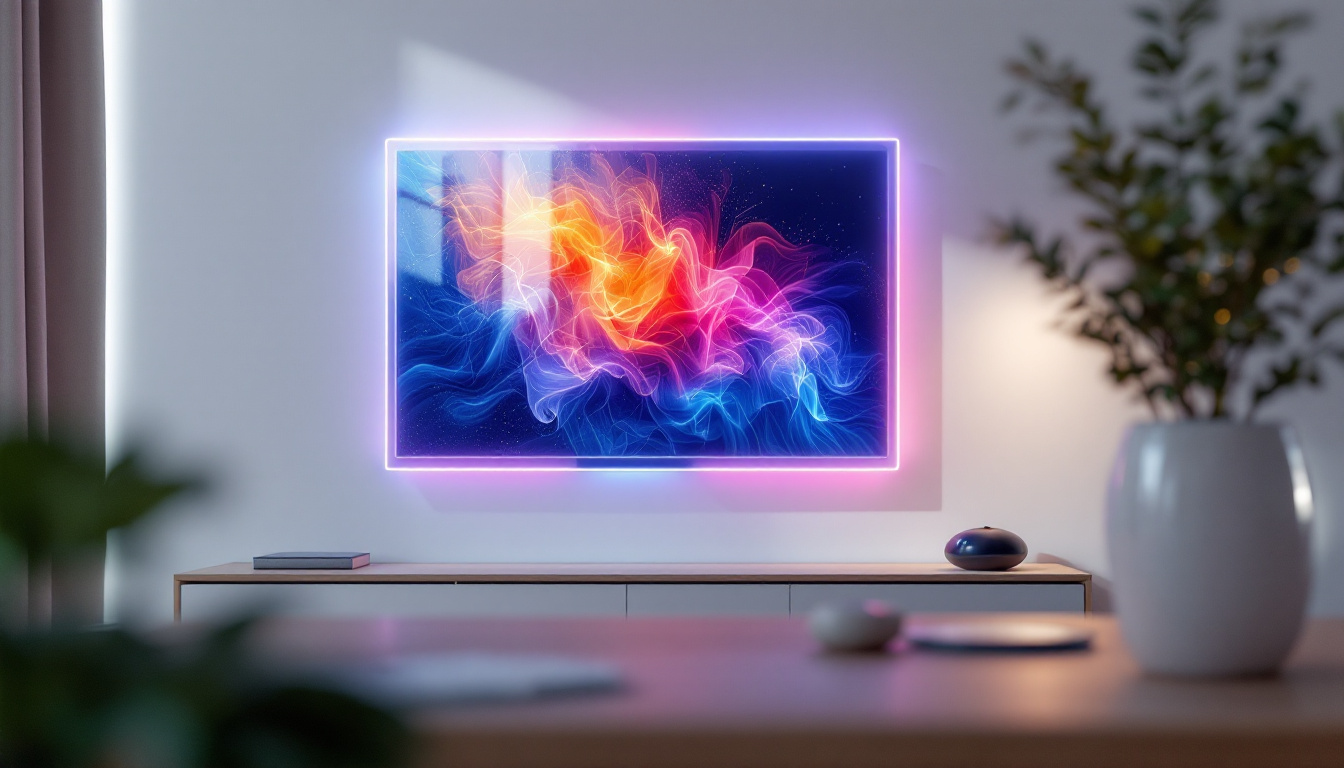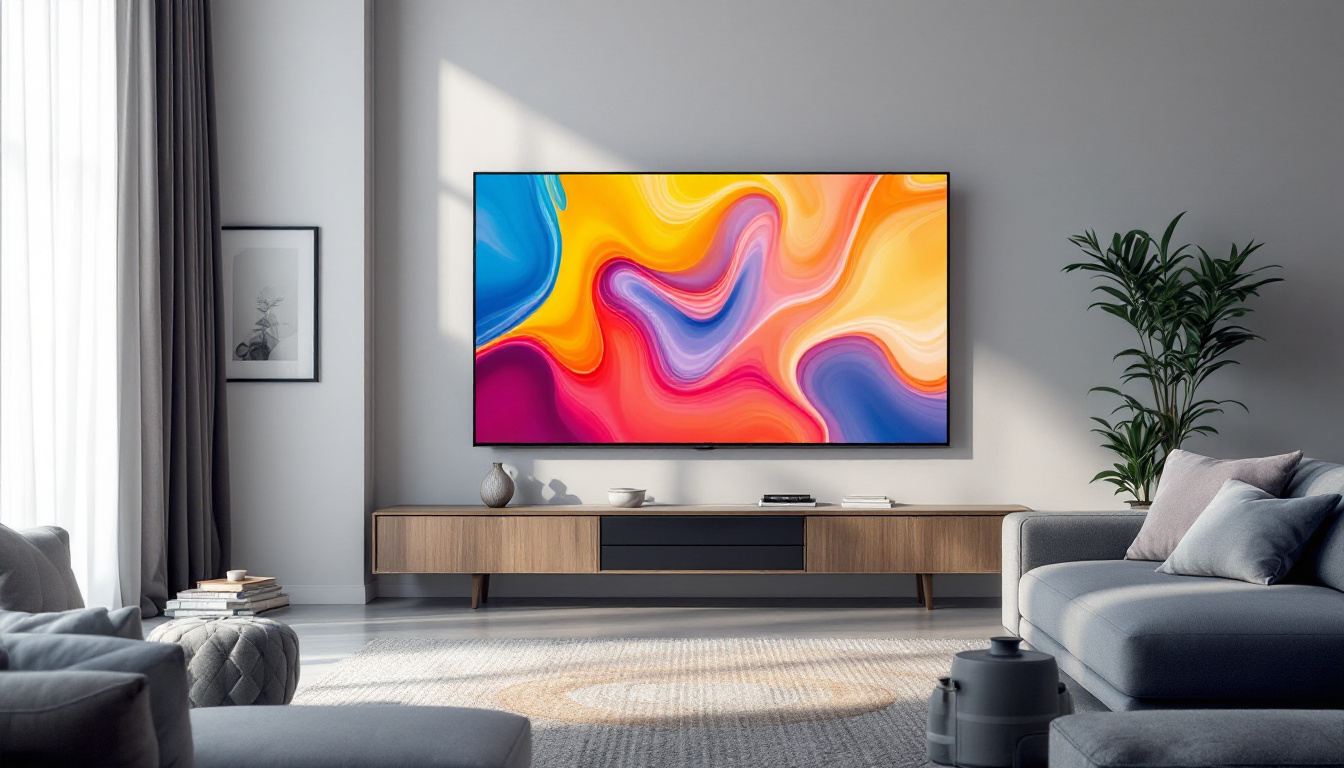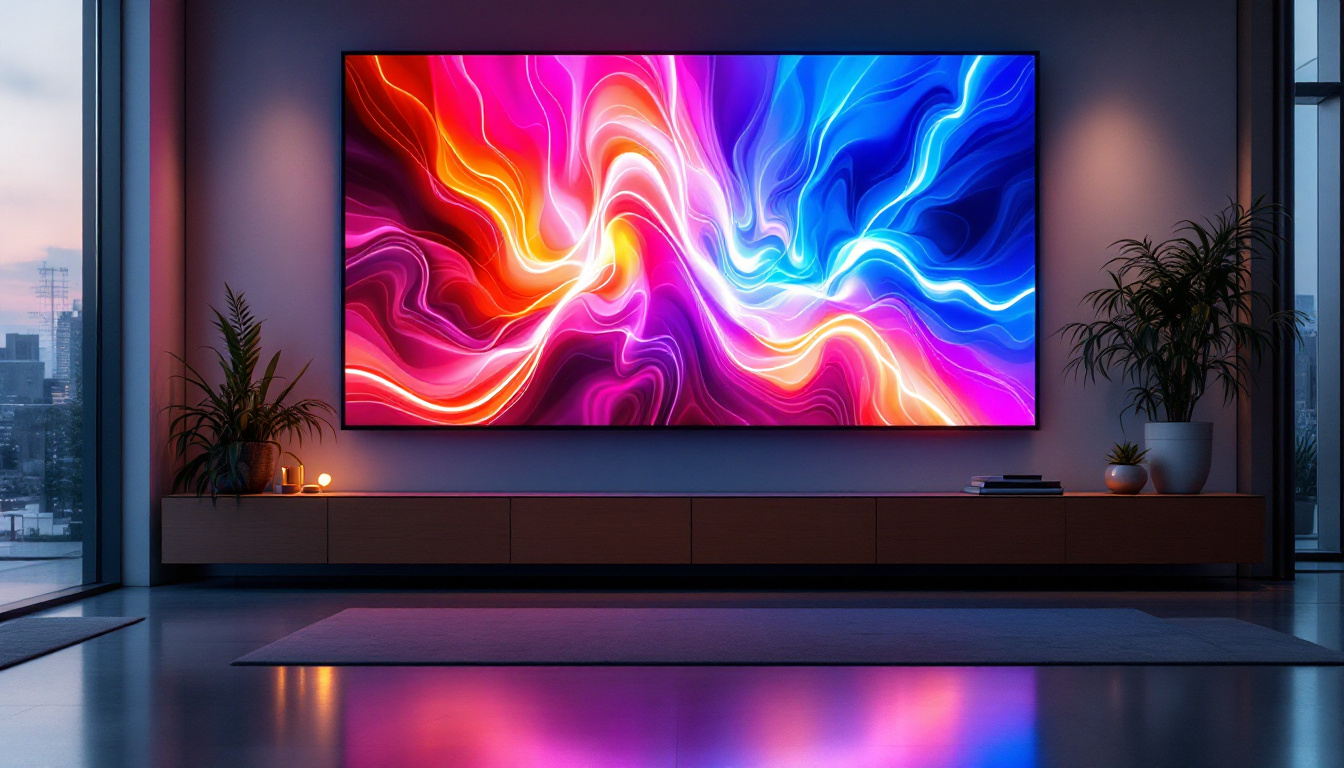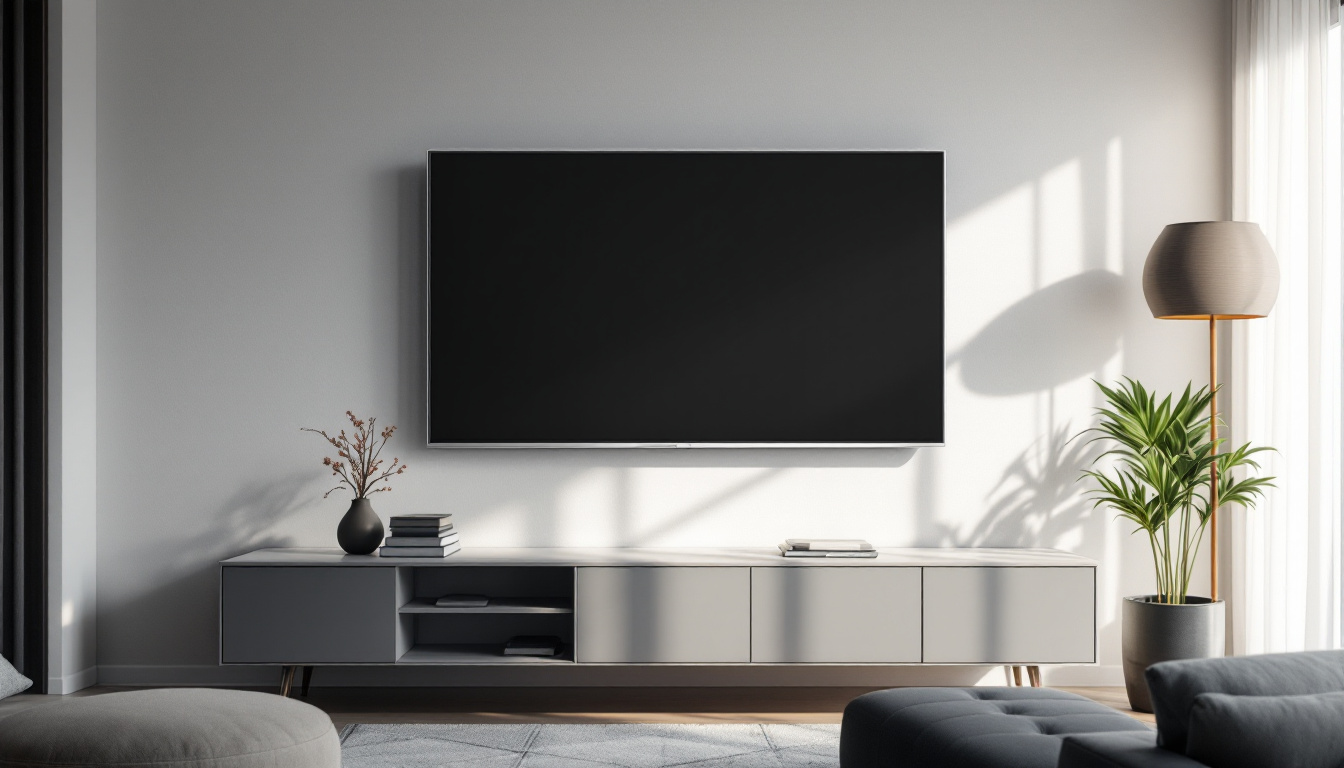In the realm of construction and advertising, the integration of technology has transformed how businesses communicate with their audience. One such innovation is the LED display, which has become a popular choice for both commercial and residential applications. However, understanding the costs associated with installing a block wall for an LED display can be complex. This article delves into the various factors influencing the cost per foot of a block wall designed to support an LED display, providing insights and guidance for those considering this investment.
Understanding Block Walls
Block walls are a common structural choice in construction, often used for their durability and strength. They are made from concrete blocks, which are modular in design, making them easy to assemble and customize according to specific needs. This section will explore the characteristics of block walls and their suitability for LED displays.
Characteristics of Block Walls
Block walls are renowned for their robustness, making them ideal for supporting heavy structures like LED displays. The concrete blocks are designed to withstand various environmental factors, ensuring longevity and stability. These walls can be constructed in various heights and thicknesses, allowing for flexibility in design.
Additionally, block walls offer excellent insulation properties, which can be beneficial in protecting the electronic components of an LED display from temperature fluctuations. This insulation feature can also contribute to energy efficiency, an essential consideration for businesses looking to minimize operational costs. The thermal mass of concrete helps to regulate indoor temperatures, reducing the need for excessive heating or cooling, which is particularly advantageous in commercial settings where energy consumption can be a significant expense.
Benefits of Using Block Walls for LED Displays
One of the primary advantages of using block walls for LED displays is their ability to provide a solid foundation. This stability is crucial for maintaining the integrity of the display over time, especially in areas prone to strong winds or seismic activity. Furthermore, block walls can be designed to accommodate various sizes and configurations of LED displays, making them a versatile option for different advertising needs.
Another significant benefit is the aesthetic appeal that block walls can offer. With various finishing options available, businesses can create a visually appealing backdrop for their LED displays, enhancing the overall presentation and attracting more viewers. The surface of block walls can be painted, textured, or even adorned with murals, allowing for creative expression that aligns with a brand’s identity. This adaptability not only enhances the visual impact of the display but also contributes to a cohesive design that resonates with the target audience.
Moreover, the installation of block walls can be a relatively quick process, especially when compared to other building materials. This efficiency can lead to reduced labor costs and shorter project timelines, making block walls an attractive option for businesses eager to deploy their LED displays swiftly. Additionally, the modular nature of concrete blocks means that repairs or modifications can be made easily, ensuring that the wall remains functional and aesthetically pleasing over time. As businesses continue to seek innovative solutions for advertising and communication, block walls stand out as a practical and stylish choice for supporting LED technology.
Factors Influencing Block Wall Cost Per Foot
The cost of constructing a block wall for an LED display varies significantly based on several factors. Understanding these elements can help businesses budget effectively and make informed decisions. Below are some of the key factors that influence the overall cost.
Material Costs
The type and quality of materials used in constructing a block wall play a significant role in determining the cost per foot. Concrete blocks come in various grades, with higher-grade materials typically costing more. Additionally, if specialized blocks are required for specific applications, such as those with enhanced insulation properties or decorative finishes, this can further increase costs.
Other materials, such as mortar, reinforcement bars, and finishing materials, also contribute to the overall expense. It is essential to consider these additional costs when calculating the total price of the block wall. For instance, opting for eco-friendly materials or blocks with higher durability can lead to long-term savings, even if the initial investment is higher. Furthermore, the choice of color and texture can also impact the aesthetic appeal and, consequently, the perceived value of the installation, influencing the budget allocation.
Labor Costs
Labor costs can vary widely depending on the region and the complexity of the installation. Skilled labor is often required for the precise assembly of block walls, particularly when integrating them with LED displays. The experience and expertise of the contractors can also influence labor costs, with more experienced professionals typically charging higher rates.
Moreover, the time required to complete the project can impact labor costs. Complicated designs or challenging site conditions may extend the duration of the installation, leading to increased labor expenses. Additionally, if the project requires specialized skills, such as electrical work for the LED components, this can further elevate labor costs. Businesses should also factor in potential overtime pay if the project timeline is tight, as this can significantly affect the overall budget.
Site Preparation and Additional Features
Before constructing a block wall, site preparation is often necessary. This may include clearing the area, leveling the ground, and ensuring proper drainage to prevent water damage. These preparatory steps can add to the overall cost, depending on the condition of the site.
Furthermore, additional features such as lighting, electrical wiring for the LED display, and landscaping can also influence the total cost. Businesses should consider these factors when planning their budget to ensure they account for all potential expenses related to the project. The integration of smart technology, such as automated lighting systems or sensors that adjust the display based on ambient light, can also enhance the functionality of the block wall but may require additional investment. Moreover, aesthetic enhancements like decorative stonework or custom finishes can elevate the visual appeal of the installation, making it a focal point of the space, but they will also contribute to the overall cost. Understanding these nuances can help businesses make strategic decisions that align with their branding and operational goals.
Average Cost Estimates
While the cost of constructing a block wall for an LED display can vary significantly, it is helpful to have a general idea of the average costs involved. This section provides a breakdown of typical costs per foot, along with insights into how these figures can fluctuate based on the factors discussed earlier.
Typical Cost Range
On average, the cost of constructing a block wall can range from $15 to $30 per foot. This estimate includes both materials and labor, but it is essential to note that actual costs may vary based on location, material choices, and labor rates. In urban areas, for instance, costs may be higher due to increased demand for skilled labor and materials.
For businesses looking to install a more elaborate block wall with decorative finishes or specialized materials, costs can rise significantly, potentially reaching $50 per foot or more. It is crucial to obtain multiple quotes from contractors to ensure a competitive price.
Long-Term Cost Considerations
While the initial investment in a block wall may seem substantial, it is essential to consider the long-term benefits and savings. A well-constructed block wall can last for decades, reducing the need for frequent repairs or replacements. Additionally, the durability of block walls can lead to lower maintenance costs over time.
Moreover, the energy efficiency provided by block walls can contribute to lower utility bills, particularly if the LED display is used extensively. Businesses should weigh these long-term savings against the initial costs to determine the overall value of their investment.
Financing Options for Block Wall Construction
For businesses considering the installation of a block wall for an LED display, financing options may be available to help manage costs. Understanding these options can facilitate the decision-making process and make the project more financially feasible.
Traditional Loans
Many businesses opt for traditional loans from banks or credit unions to finance construction projects. These loans typically offer competitive interest rates and flexible repayment terms. However, securing a traditional loan may require a solid credit history and a detailed business plan outlining the intended use of the funds.
It is advisable for businesses to shop around and compare loan options to find the best terms that suit their financial situation. Consulting with a financial advisor can also provide valuable insights into the most suitable financing strategy.
Leasing Options
Leasing is another viable option for businesses looking to finance a block wall project. This approach allows businesses to pay for the construction over time while retaining the ability to use the wall for advertising purposes. Leasing agreements can vary in terms of duration and payment structure, making it essential to review the terms carefully.
Leasing can be particularly advantageous for businesses with limited upfront capital, as it allows them to allocate resources to other areas of their operations while still investing in essential infrastructure.
Conclusion
Investing in a block wall for an LED display can be a significant financial commitment, but it also offers numerous benefits in terms of durability, aesthetics, and long-term savings. Understanding the various factors that influence the cost per foot, including materials, labor, and site preparation, is crucial for businesses looking to budget effectively.
By considering average cost estimates and exploring financing options, businesses can make informed decisions that align with their financial capabilities and advertising goals. Ultimately, a well-planned block wall installation can enhance visibility and engagement, making it a worthwhile investment for any organization.
As technology continues to evolve, the integration of LED displays into block wall structures will likely become even more prevalent. Staying informed about the latest trends and best practices in this area can help businesses maximize their investment and achieve their advertising objectives.
Discover LumenMatrix LED Display Solutions
Ready to take your brand’s visibility to the next level with a durable and visually stunning LED display? LumenMatrix is at the forefront of LED display technology, offering a wide array of solutions tailored to meet your unique needs. From Indoor and Outdoor LED Wall Displays to innovative options like Vehicle LED Displays and LED Transparent Displays, our products are designed to captivate and engage your audience. Embrace the future of visual communication and check out LumenMatrix LED Display Solutions today to create an unforgettable visual experience for your business.

